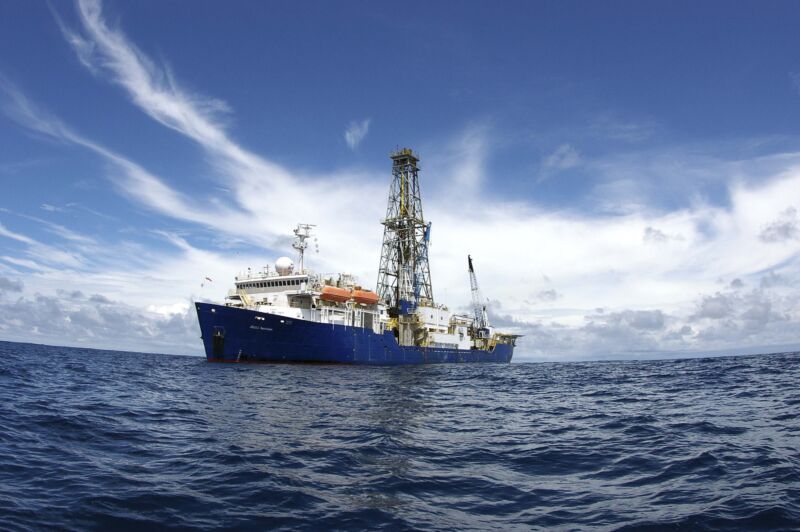East Coast has a giant offshore freshwater aquifer—how did it get there?

Enlarge / An oceangoing scientific drilling vessel may be needed to figure out how huge undersea aquifers formed. (credit: Credit: IODP)
One-quarter of the world's population is currently water-stressed, using up almost their entire fresh water supply each year. The UN predicts that by 2030, this will climb to two-thirds of the population.
Freshwater is perhaps the world's most essential resource, but climate change is enhancing its scarcity. An unexpected source may have the potential to provide some relief: offshore aquifers, giant undersea bodies of rock or sediment that hold and transport freshwater. But researchers don't know how the water gets there, a question that needs to be resolved if we want to understand how to manage the water stored in them.
For decades, scientists have known about an aquifer off the US East Coast. It stretches from Martha's Vineyard to New Jersey and holds almost as much water as two Lake Ontarios. Research presented at the American Geophysical Union conference in December attempted to explain where the water came from-a key step in finding out where other undersea aquifers lie hidden around the world.